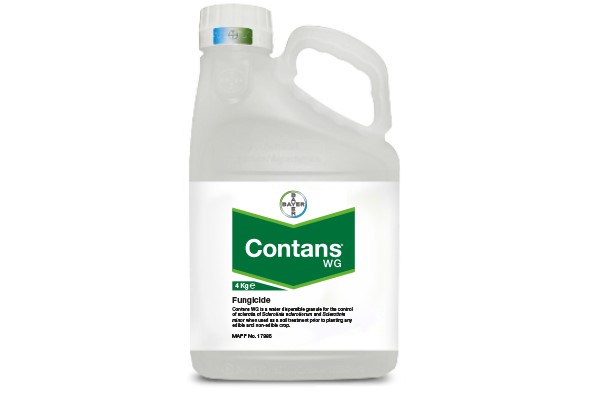Originally posted by farmaholic
View Post
Announcement
Collapse
No announcement yet.
Land for rent...
Collapse
Logging in...
Welcome to Agriville! You need to login to post messages in the Agriville chat forums. Please login below.
X
-
 Guest
Guest -
https://www.producer.com/2019/01/tight-year-ahead-for-crop-profitability/
These numbers are pretty sobering. If a quarter section of canola only nets $2600, why bother. That’s $2600 for a year off a quarter. Can pump gas and make that in a month. Or skilled trade and make that in a matter of days. Madness
Comment
-
but if you rent more land, you can make up for it.Originally posted by Taiga View Posthttps://www.producer.com/2019/01/tight-year-ahead-for-crop-profitability/
These numbers are pretty sobering. If a quarter section of canola only nets $2600, why bother. That’s $2600 for a year off a quarter. Can pump gas and make that in a month. Or skilled trade and make that in a matter of days. Madness
Comment
-
If clubroot became widespread across the black soil zone farming would look a lot different. There was a reason so much ground was dedicated to livestock at one point. The climate isn’t conducive to growing #2 wheat every year let alone the odd time a #1. Before canola seen the yield gains it was a big player but nothing like it is now. If rotations were to be lengthened out even an extra year imagine the extra glut of cereals on a shaky rail infrastructure. A lot of canola is processed in Canada and doesn’t glut like an export driven cereal market.
Comment
-
Fj, sometimes Mother Nature has more say in what we can successfully grow than what we think we can or want. I've all but given up on durum, until I forget how hard and miserable marketing fusarium infected durum can be. Maybe the bastards just ground me down. Hard to know what the growing season will be like at seeding time.
We are also having problems with rootrots in peas. Seed treatments are short term bandaid protection.
When clubroot can no longer be "managed", what's the alternative? Play by Mother Nature's rules?
Comment
-
In previous AV posts, Furrowtickler has some strong insight on root rot in peas. I cant recall the details but there was some logic to it.Originally posted by farmaholic View PostFj, sometimes Mother Nature has more say in what we can successfully grow than what we think we can or want. I've all but given up on durum, until I forget how hard and miserable marketing fusarium infected durum can be. Maybe the bastards just ground me down. Hard to know what the growing season will be like at seeding time.
We are also having problems with rootrots in peas. Seed treatments are short term bandaid protection.
When clubroot can no longer be "managed", what's the alternative? Play by Mother Nature's rules?
Comment
- Reply to this Thread
- Return to Topic List


Comment